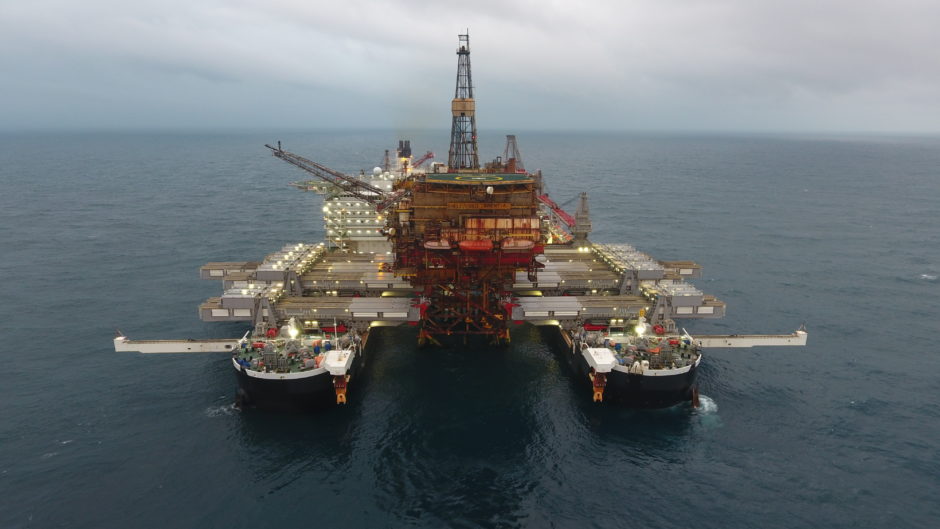
It is expected that the legislation introducing the new energy profits levy – better known as the windfall tax – will pass through parliament later this month, before taking effect from when it was originally announced 26 May.
As widely reported, the new levy involves a 25% increase to the combined 40% rate that currently applies to profits from oil and gas activities. There are though various features of the levy that mean that the picture is more complex than simply an increase in the headline rate to 65%.
The first of these features is its time-limited nature. The levy was described by the Chancellor as being temporary, and the draft legislation provides for it to apply from the date of its introduction until 31 December 2025. In making his announcement, the Chancellor had also described an intention to phase the levy out once oil and gas prices return to “historically more normal levels”. This has not been reflected in the legislation, so any removal of the levy prior to the end of 2025 would require an active decision of the government to remove it and further legislation.
The second is how profits are calculated for the purposes of the levy. Financing costs are disregarded, in a manner similar to the current supplementary charge: but more significantly, so are decommissioning costs.
This means that companies with significant decommissioning plans over the next three-and-a-half years may find themselves in the unenviable position of being loss-making as a result of their decommissioning spend, but paying tax anyway once this expenditure has been ignored for the purposes of the levy.
Similarly, any losses that have been made in the period before 26 May 2022 – which could normally be taken into account in calculating profits in subsequent periods – are disregarded for the purposes of the levy. Companies that have spent significantly in recent years – or that incurred significant losses during the low prices in 2020 – would therefore not be allowed to take account of these losses. If this remains the case in the final legislation, companies may end up paying tax in relation to the period after 26 May despite not having made a profit when viewed over a period that extends back only one or two years.
Windfall tax has ‘super-deduction’ similarities
The third feature is the availability of an uplifted allowance for investment expenditure, in a similar manner to the ‘super-deduction’ introduced in relation to general corporation tax last year. This 80% uplift applies to the new levy only – rather than being a tax break in relation to current taxes – and means for each £1 spent on qualifying expenditure, there will be a deduction of £1.80 in calculating the levy.
Before introducing the levy, the government had resisted calls for a windfall tax on the basis it would damage investment; it may be that the approach of a rate higher than that called for by Labour – 25% rather than 10% – combined with this new allowance is aimed at raising revenue while attempting to simultaneously encourage investment.
The investments that qualify for the uplifted allowance and expenditure on which can be used against the levy are limited to those relating to oil and gas activities.
Previous suggestions that this might be a route to encouraging investment in renewables or the energy transition therefore seem to have been unfounded – although it is also worth noting that this would have been a significant change to the structure of the UK oil and gas tax regime.
From a more practical perspective, the type of new investment the allowance is aimed at encouraging would generally involve forward planning, with the costs then spread over a period of time. Given the pace at which the tax has been announced and introduced, incurring the expenditure during the necessary window may therefore be more challenging for companies that did not already have plans in place.
The above features mean that while the aim of the levy is to tax so-called ‘super profits’ arising from high prices, companies may still be impacted very differently by the levy depending on where they are in their investment cycle.
While the new allowance may provide an opportunity for mitigating this, this may not be practical for companies that have one or a small number of interests; and companies that are currently incurring significant decommissioning costs – or have just incurred significant development costs – may also be disproportionately affected.
Companies that have hedging arrangements in place – such that they are not benefitting from higher prices – may also face a higher tax rate on the same profits. The economic effect of these changes for both future and recent transactions in the North Sea will need to be carefully considered over the coming months.
Recommended for you
